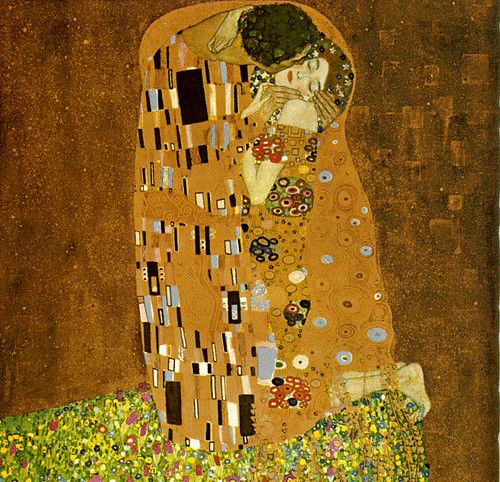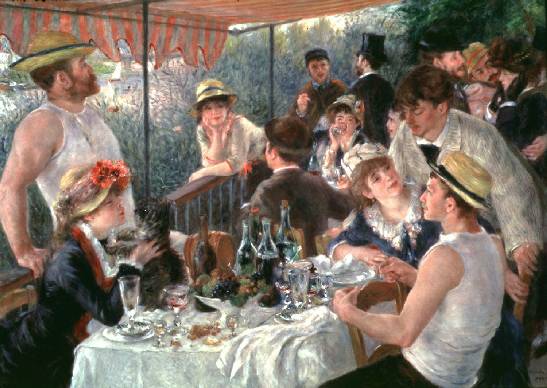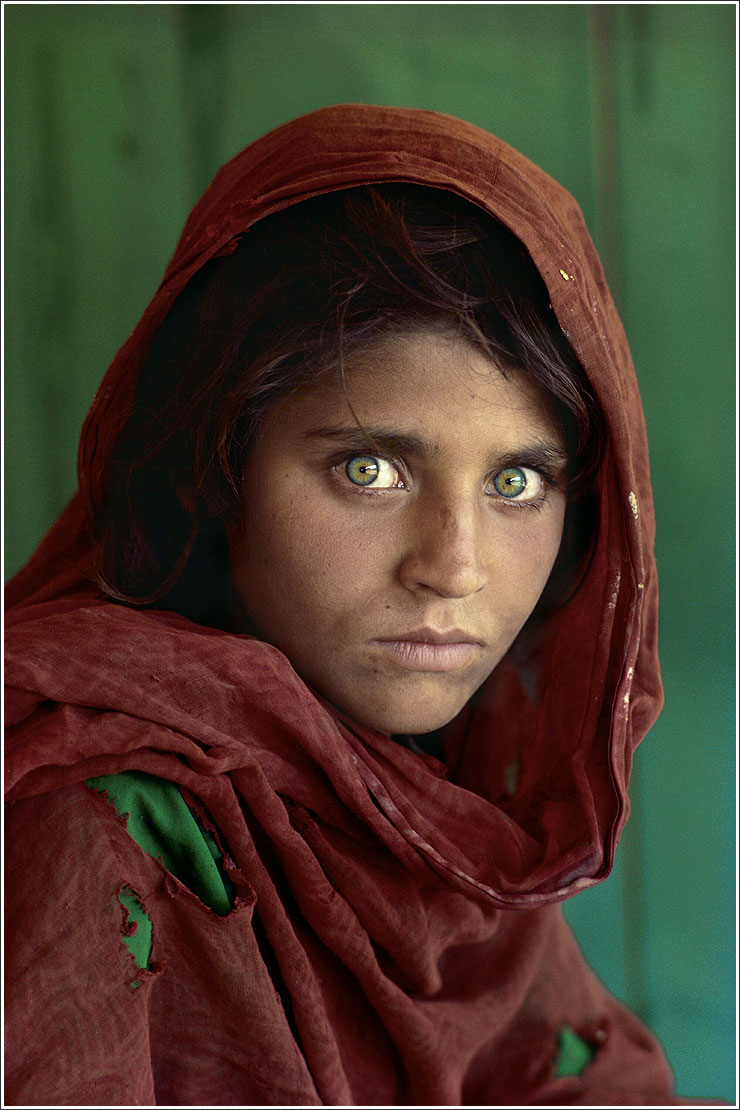
The woman in this painting is Raphael's mistress. That in itself is interesting, because during that time period, it seems like that would be something that painters would stray away from. Also, his use of seeing and not seeing is intriguing. He has her stomach draped with what seems like a clear kind of cloth, but he lets her breasts be exposed clearly. The volume in this painting is incredible too. By glancing at it quickly, it almost seems like a photograph, not a painting, and being able to achieve that is something that would be amazing.
















































